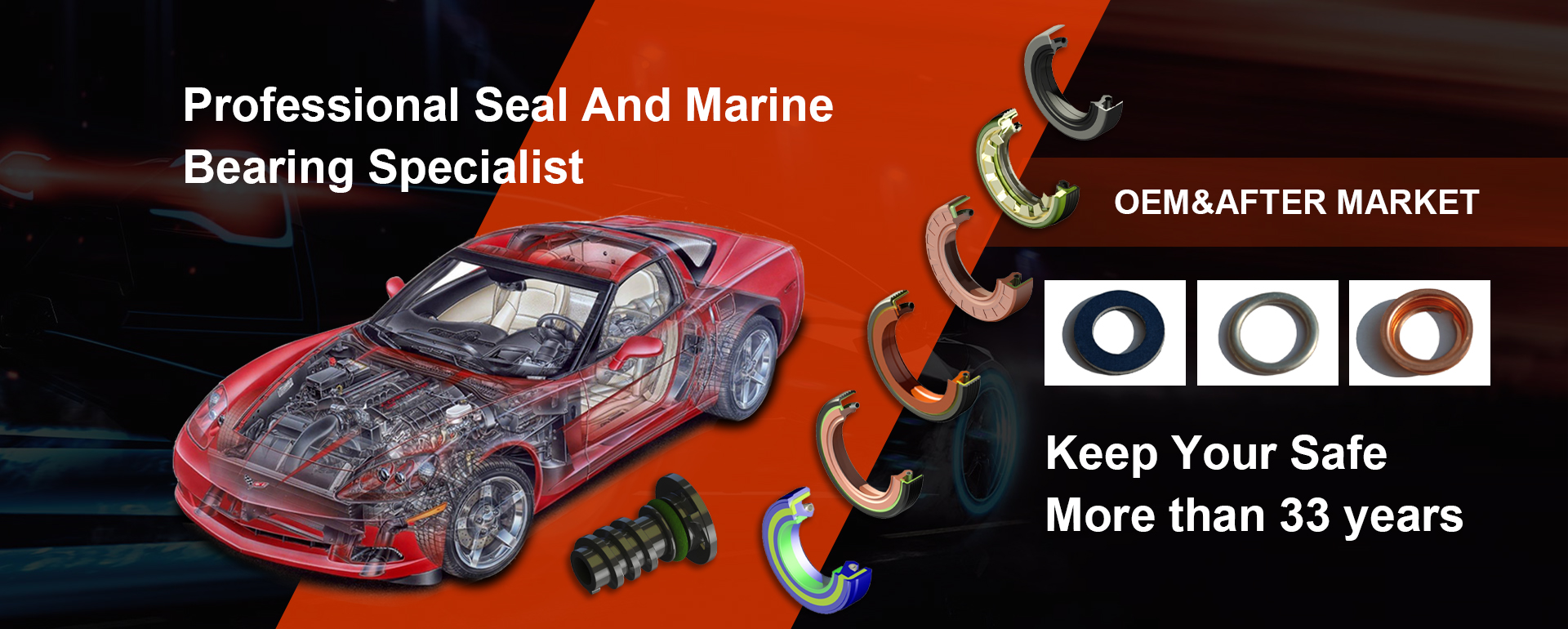rubber flat gasket
Understanding Rubber Flat Gaskets Essential Components for Sealing Solutions
Rubber flat gaskets are crucial components in a variety of mechanical and industrial applications, providing effective sealing solutions that prevent leakage of fluids and gases. These gaskets play a significant role in ensuring the integrity and efficiency of machinery, engines, piping systems, and many other structures. Their versatility, ease of installation, and reliability make them indispensable in countless sectors, including automotive, aerospace, manufacturing, and construction.
At their core, rubber flat gaskets are designed to fill the space between two mating surfaces. By compressing when bolted together, they create a tight seal that prevents the escape of liquids and gases. The material properties of rubber—such as elasticity, resilience, and chemical resistance—allow these gaskets to maintain their sealing capabilities even under varying temperatures and pressures. This adaptability is particularly important in environments where thermal expansion and contraction are common.
There are various types of rubber materials used in the production of flat gaskets, each tailored to specific applications. For instance, neoprene rubber is favored for its good resistance to oil and ozone, making it suitable for automotive applications. Silicone rubber, on the other hand, excels in high-temperature situations, often used in cooking equipment and medical devices. Other common materials include EPDM (ethylene propylene diene monomer), known for its excellent weather resistance, and nitrile rubber, renowned for its durability against petroleum-based products.
rubber flat gasket

The manufacturing process of rubber flat gaskets typically involves molding or die-cutting techniques
. This allows for the production of gaskets in various shapes and sizes, catering to the specific needs of different applications. Precision in these processes is essential to ensure that gaskets fit perfectly and perform effectively.One significant advantage of rubber flat gaskets is their ease of installation. Unlike metallic or rigid gaskets, rubber gaskets can be easily shaped and manipulated to fit around irregular surfaces, thus facilitating a tighter and more effective seal. This attribute not only saves time and labor costs during installation but also minimizes the risk of errors that could lead to equipment failure.
Despite their advantages, regular maintenance and inspection of rubber gaskets are vital to prolonging their lifespan and ensuring optimal performance. Over time, exposure to extreme conditions—such as excessive heat, pressure, or harsh chemicals—can degrade the material and compromise the seal. Therefore, proactive management can help detect wear and tear early, preventing leaks and costly downtime.
In conclusion, rubber flat gaskets are essential components that provide reliable sealing solutions across various industries. Their versatility, durability, and ease of use make them invaluable in maintaining efficiency and safety in countless applications. Understanding their properties and proper maintenance can ensure long-lasting performance and optimize system functionality.
-
Preventing Oil Leaks: A Complete Guide to Oil Pan Gaskets and Drain Seals
News Aug.01,2025
-
Everything You Need to Know About Oil Pan Gaskets and Drain Plug Seals
News Aug.01,2025
-
Essential for Car Owners: How to Use a Car Repair Kit to Deal with Minor Breakdown
News Aug.01,2025
-
Comprehensive Guide to Engine Oil Sump Gaskets and Related Seals
News Aug.01,2025
-
The Ultimate Guide to Boat Propeller Bearings and Trailer Wheel Bearings
News Jul.31,2025
-
The Essential Guide to Marine Bearings and Boat Trailer Wheel Bearings
News Jul.31,2025
-
The Complete Guide to Heavy Duty Seals: Protecting Doors and Spaces Efficiently
News Jul.31,2025
Products categories















